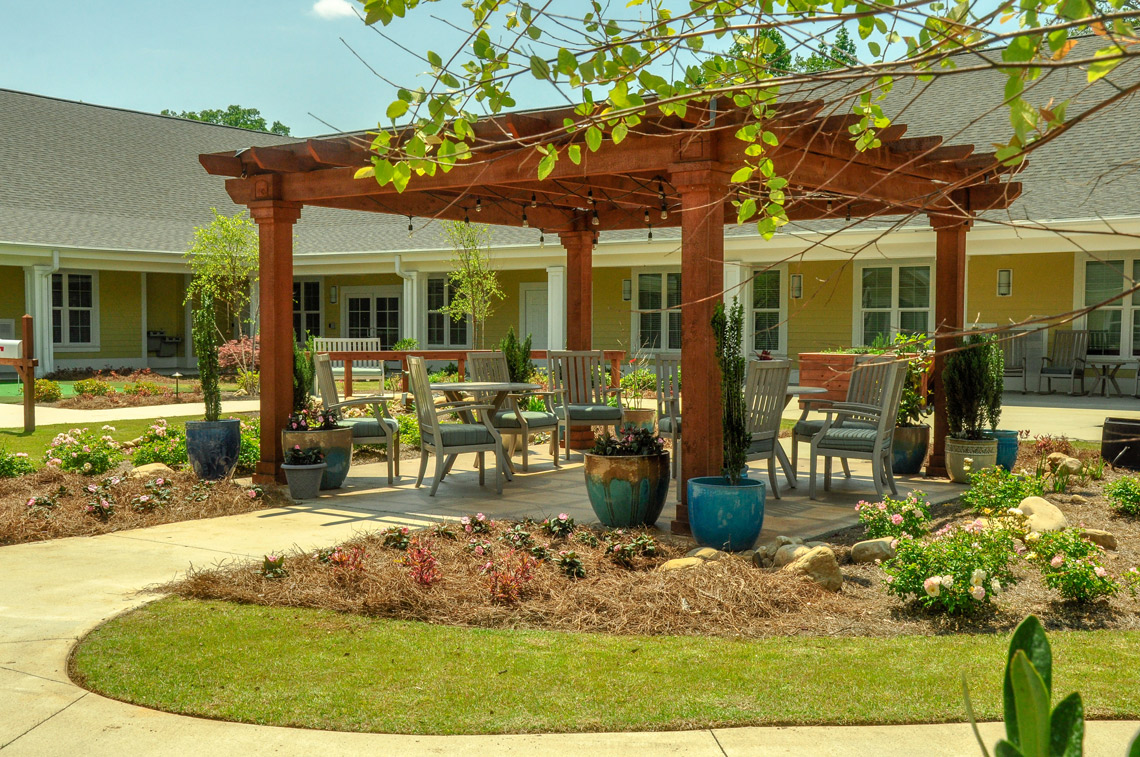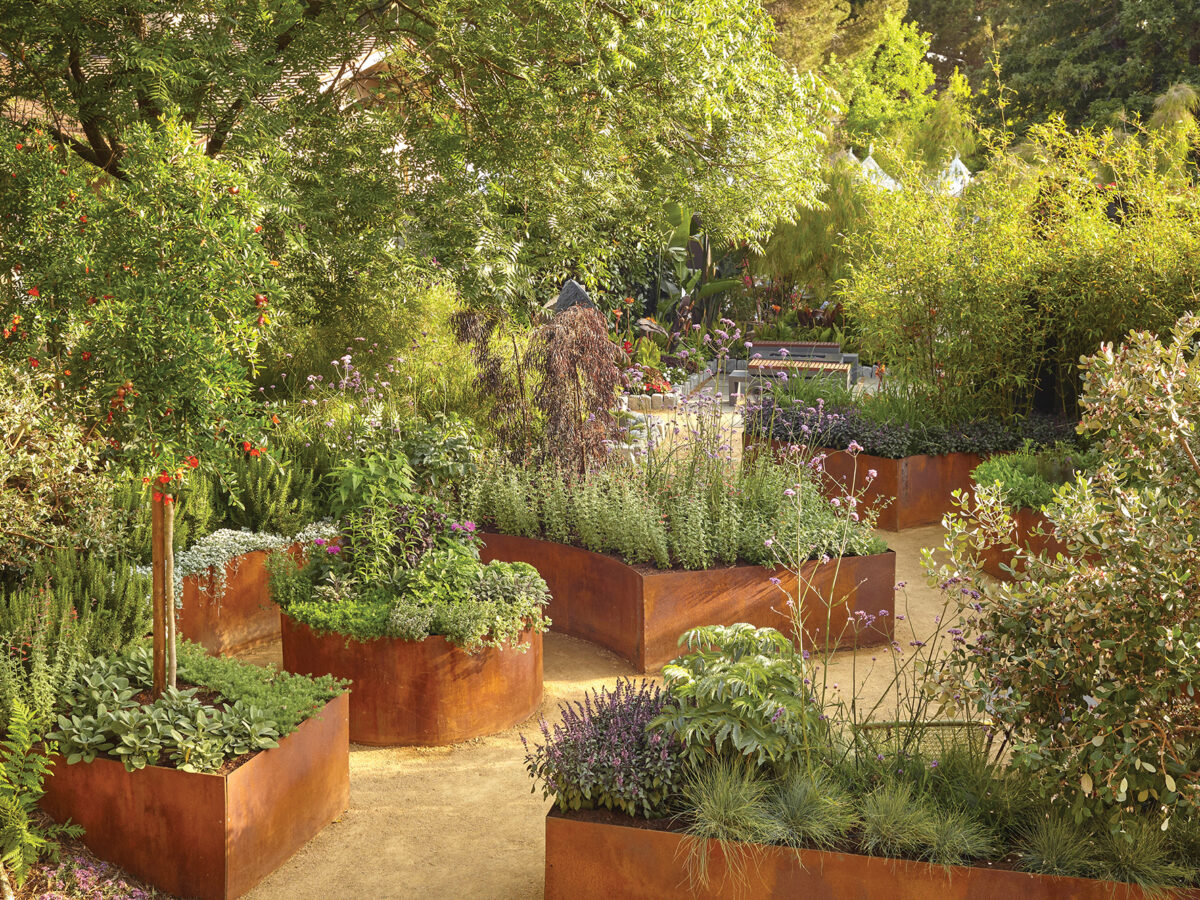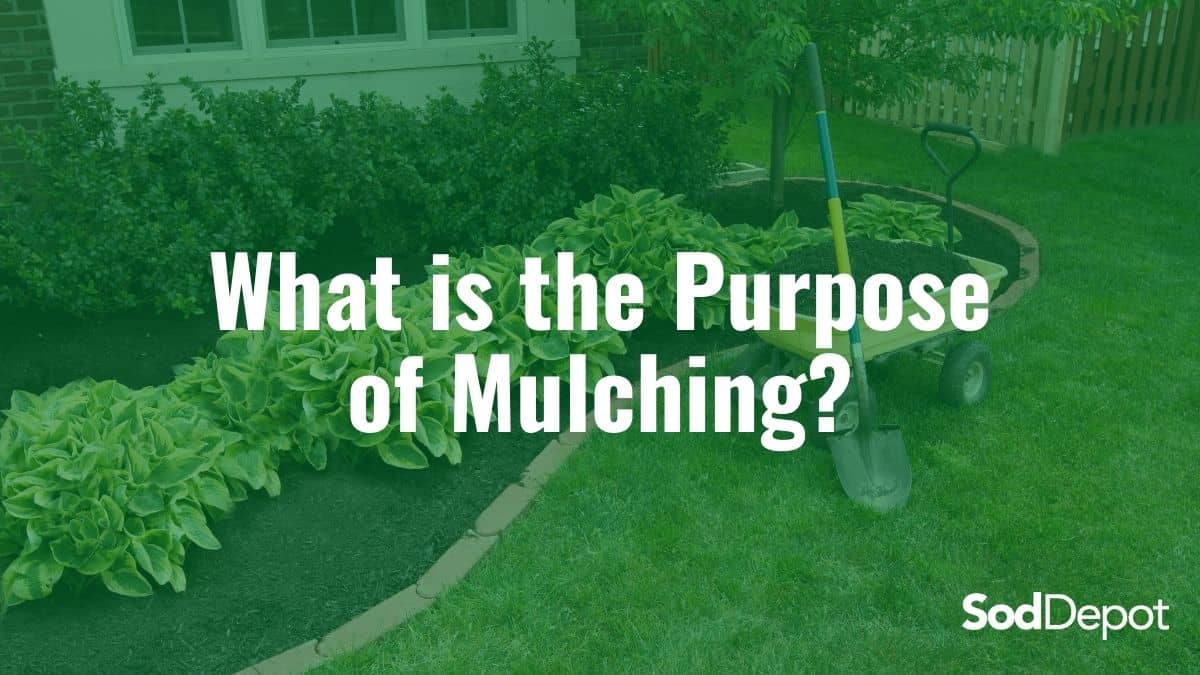8 Simple Techniques For Hilton Head Landscapes
The 45-Second Trick For Hilton Head Landscapes
Table of ContentsWhat Does Hilton Head Landscapes Mean?The smart Trick of Hilton Head Landscapes That Nobody is Talking AboutGet This Report about Hilton Head Landscapes10 Simple Techniques For Hilton Head LandscapesHilton Head Landscapes Fundamentals ExplainedIndicators on Hilton Head Landscapes You Need To KnowSome Known Incorrect Statements About Hilton Head Landscapes
Line creates all kinds and patterns and can be made use of in a selection of means in the landscape. Line in the landscape is created by the edge in between 2 materials, the summary or silhouette of a kind, or a lengthy linear attribute. Lines are an effective tool for the developer due to the fact that they can be made use of to produce an unlimited variety of forms and types, and they control activity of the eye and the body.

Lines can have one or more qualities, such as those described below, yet they commonly offer different purposes. Number 1. Lines in the landscape - landscaping hilton head sc. The residential or commercial properties of lines determine how individuals react to the landscape, both emotionally and literally. Straight lines are architectural and strong; they create an official character, are normally related to an in proportion style, and lead the eye straight to a focal factor.
7 Simple Techniques For Hilton Head Landscapes
Straight lines are frequently located in hardscape sides and material. Curved lines create an informal, all-natural, unwinded personality that is linked much more with nature and unbalanced equilibrium. Curved lines relocate the eye at a slower pace and include secret to the room by developing hidden views. Upright lines move the eye up, making a room feel bigger.
Vertical lines in the landscape consist of tall, slim plant material, such as trees, or tall frameworks, such as an arbor or a bird home on a post. Horizontal lines move the eye along the ground plane and can make a room feel larger. Low lines are much more restrained and develop a sensation of rest or repose.
Unknown Facts About Hilton Head Landscapes
Lines are likewise created by the vertical forms of constructed functions and plant material. There are 3 main line types that produce type in the landscape: bedlines, hardscape lines, and plant lines.
Bedlines link plant product to your home and hardscape because the eye adheres to the line, moving the gaze via the landscape. Hardscape lines are produced by the side of the hardscape, which defines the developed framework. Line can likewise be created by lengthy and narrow products, such as a fence or wall.
Unknown Facts About Hilton Head Landscapes
Kind is found in both hardscape and plants, and it is commonly the dominant aesthetic element that spatially organizes the landscape and commonly determines the style of the garden. The form of structures, plant beds, and yard ornaments additionally establishes the overall form theme of the yard. Formal, geometric forms include circles, squares, and polygons.
Plants develop type in the garden through their describes or silhouettes, but form can likewise be defined by a gap or adverse space between plants - Landscapers near me (https://h1tnhdlndscps.start.page). Circles can be cycles, or they can be divided right into half circles or circle sectors and integrated with lines to develop arcs and tangents
Little Known Facts About Hilton Head Landscapes.
Circles can likewise be extended right into ovals and ellipses for even more selection and passion. Circles are a strong layout type because the eye is constantly drawn to the center, which can be made use of to stress a centerpiece or link various other types. Figure 2. Circular kinds in hardscape and yard panels.
The square kind can likewise be segmented and previously owned repetitively to produce a grid pattern. Unlike circles, squares are more powerful on the sides, which can be lined up or overlapped to create one-of-a-kind patterns and even more complex forms.
Twisting lines often mimic the all-natural program of rivers or streams and can be referred to as smooth lines with deeply rounded wavinesses. Meandering lines (Figure 3) work well for pathways, plant bedlines, and dry stream beds. Meandering lines can add interest and enigma to a yard by leading audiences around corners to find learn this here now new sights and rooms.
The Of Hilton Head Landscapes

Usual plant forms are well developed and standardized, as kind is the most constant and well-known feature of plants. Kind can likewise be created via the massing of plants, where the total mass produces a different kind than a private plant.
A highly different type should be used with careone or 2 work well as a centerpiece, but as well several wreak havoc. All-natural plant forms, instead of over-trimmed types, ought to develop the mass of the composition. The relevance of total type is much more or less depending on the checking out perspectivethe form of a tree can show up fairly different to a person standing under the cover versus seeing the tree from a distance in an open area.
Indicators on Hilton Head Landscapes You Need To Know
Plant forms also develop and define the space or open spaces in between the plants, producing either convex or scooped forms in deep spaces. High-arching tree branches generally produce a concave open area under the branches, and a rounded cover with reduced branches fills the space to create a convex type in the open area under the tree.
